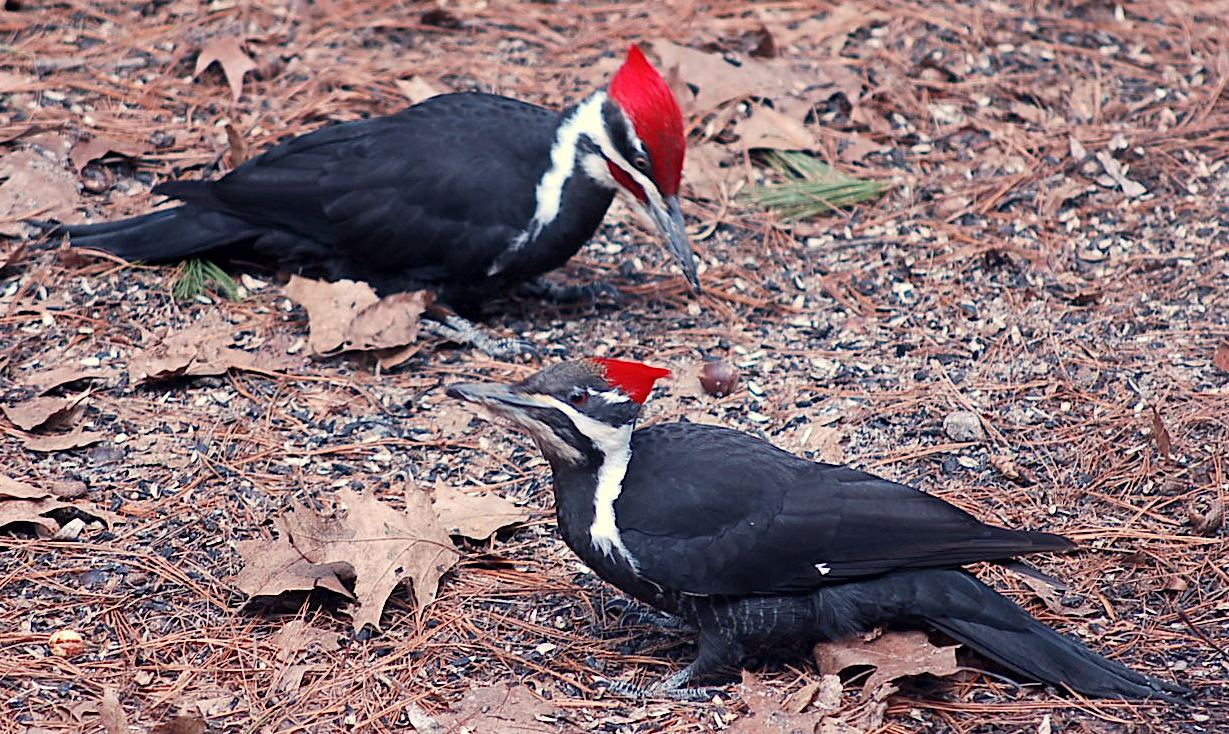Checking Out Woodpeckers in Florida Habitats: Where to Spot These Birds
Checking Out Woodpeckers in Florida Habitats: Where to Spot These Birds
Blog Article
Revealing the Keys of Woodpeckers: Behavior, Environment, and Much More
Woodpeckers, with their special actions and specialized adaptations, have actually lengthy attracted scientists and nature enthusiasts alike. These impressive birds have a range of appealing tricks that clarified their survival techniques, environment preferences, and elaborate communication approaches. By uncovering the secrets surrounding woodpeckers' actions and environment choices, a much deeper understanding of these bird wonders emerges, supplying a peek right into their interesting world. What makes these birds absolutely outstanding, and how do they navigate their environment with such precision and ability? Allow's explore the captivating realm of woodpeckers and untangle the enigmatic details that make them such interesting topics of research study.
Woodpecker Habits Insights
In analyzing woodpecker actions, an interesting display screen of specialized abilities and adaptations arises, shedding light on their impressive eco-friendly particular niche. Woodpeckers, known for their distinct drumming on trees, have a selection of behavioral qualities that add to their survival and success in their atmosphere.
In addition, woodpeckers show an one-of-a-kind feeding behavior defined by their capacity to remove pests from tree bark utilizing their specialized beaks. Their lengthy, barbed tongues aid in recording prey, while their solid neck muscle mass supply security and accuracy during pecking movements. This feeding method permits woodpeckers to accessibility concealed insect larvae and extract them with impressive performance.
Habitat Preferences and Option
What elements influence the habitat choices and choice of woodpeckers? Woodpeckers are extremely versatile birds recognized to occupy various settings worldwide. They do display choices for particular habitat features. One essential aspect affecting woodpecker habitat option is the accessibility of suitable nesting websites. Woodpeckers normally favor forests with a mix of fully grown trees that provide enough chances for dental caries excavation. These tooth cavities act as crucial nesting and roosting sites for woodpeckers and are necessary for their reproducing success.
In addition, woodpeckers reveal a preference for environments with an abundant supply of food resources. They are mainly insectivorous, preying on beetles, ants, larvae, and various other bugs discovered in decaying timber or tree bark. Woodpeckers tend to prefer woody areas with a diverse insect population to meet their nutritional demands.
Additionally, the presence of dead or decaying trees is an additional crucial variable in woodpecker habitat choice. These trees not only provide food sources yet likewise use appropriate substrate for tooth cavity excavation. Dead trees are necessary for the upkeep of healthy and balanced woodpecker populations, as they play an important duty in the woodpeckers' life cycle and ecological community dynamics.
Feeding Practices and Diet Plan Composition
Woodpeckers show a specialized feeding behavior concentrated on foraging for bugs within various habitats. In enhancement to pests, woodpeckers also eat tree Click Here sap, fruits, click to find out more nuts, and seeds, including range to their diet regimen depending on the season and accessibility of food resources.
The foraging strategies of woodpeckers are well-adapted to their arboreal lifestyle (Woodpeckers in Florida). Their capacity to excavate timber not only supplies them with food but likewise helps in creating nesting tooth cavities and establishing areas. Woodpeckers play a critical function in preserving the wellness of woodlands by controlling insect populaces and aiding in the decay of timber. Recognizing their feeding habits and diet structure is crucial for preservation efforts intended at preserving these distinct and important birds.
Drumming Sounds and Communication
Using rapid drumming noises on numerous surfaces, woodpeckers use an unique kind of interaction to signal area borders and attract friends. This drumming behavior is not just a means of communication but additionally works as a way for woodpeckers to develop their existence within a certain area. The intensity, speed, and pattern of the drumming can communicate essential info to other woodpeckers around.
Woodpeckers make use of drumming audios to announce their existence in a territory and to alert off potential burglars. The loud and repetitive nature of the drumming works as a clear signal to various other woodpeckers that the location is currently declared. This helps in lowering problems and minimizing physical confrontations in between individuals.

Survival Adaptations and Specialized Anatomy

Final Thought
Finally, woodpeckers show one-of-a-kind habits, such as drumming noises for communication, and have specialized anatomy for survival in their picked environments. Their feeding habits and diet regimen composition even more show their adaptability to different environments. By understanding these aspects of woodpeckers, scientists and guardians can much better shield and maintain these interesting birds and their communities.
Report this page